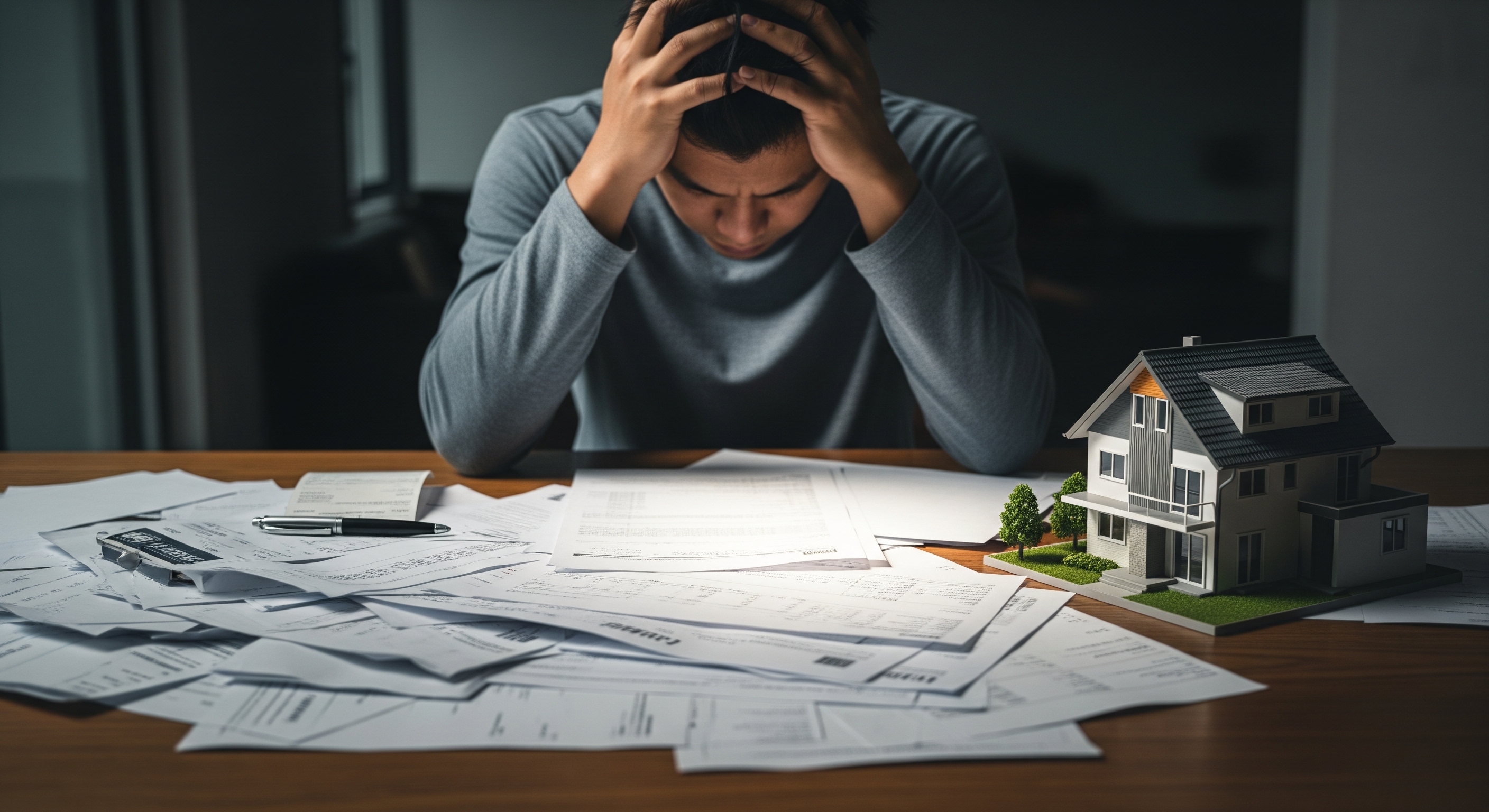How Can I Avoid Being “House Poor”? A GTA Guide to Smart Homeownership
Buying a home in the Greater Toronto Area is a major milestone, and for many people, a lifelong dream. But there is a difference between owning a home you love, and owning a home that quietly drains your bank account every month. Being “house poor” happens when too much of your income is tied up in housing costs, leaving too little for savings, emergencies, and the life you want to live. The good news? With the right plan, you can enjoy homeownership without the constant money stress.
Below is a practical, GTA-focused guide to help you build a budget, shop smart, and protect your cash flow long after you get the keys.
Step 1: Run the Numbers the Way Lenders Do
Know your key ratios (GDS/TDS)
Lenders look at Gross Debt Service (GDS) and Total Debt Service (TDS) to decide if your payments are affordable. As a rule of thumb, many insured mortgages require GDS ≤ 39% and TDS ≤ 44% of your gross income.
Plan for Canada’s stress test
Most borrowers must “qualify” at the greater of your contract rate + 2% or 5.25%. This buffer ensures you can handle rate increases, and it’s a key reason not to max out your budget at pre-approval.
Be mindful of interest rates
Variable and renewal risks are real. As of July 30, 2025, the Bank of Canada policy rate sits at 2.75% after several cuts since mid-2024, but future moves can change your payments or renewal affordability. Build a cushion.
Step 2: Budget Beyond the Mortgage Payment
Closing costs in Ontario and Toronto
Closing costs typically add ~1.5%–4% of the purchase price. Budget for legal fees, title insurance, home inspection, appraisals, and more. In Toronto, remember you may pay both Ontario Land Transfer Tax and Toronto’s Municipal Land Transfer Tax; first-time buyers can receive up to $4,000 back from Ontario and up to $4,475 from Toronto if eligible.
Toronto also applies a 10% Municipal Non-Resident Speculation Tax (MNRST) on certain residential purchases by foreign buyers, in addition to other taxes.
Ongoing costs people forget
-
Property tax, utilities, and insurance
-
Condo maintenance fees (and potential increases)
-
Repairs and upgrades: a common rule is 1%–3% of the home’s value per year as a planning range
-
Commuting and parking if you move farther out for more space
Step 3: Optimise Your Mortgage Structure
Pick an amortisation and term that protect your cash flow
-
Longer amortisations = lower monthly payments, but more interest over time.
-
Since August 1, 2024, first-time buyers purchasing newly built homes can access insured 30-year amortisations, which can help cash flow.
Don’t let the pre-approval be your purchase price
Your pre-approval is a limit under ideal assumptions. Try buying below it so rising rates, renewal changes, or life events do not stretch you thin. (Use CMHC’s affordability and debt service calculators to test scenarios.)
Variable vs. fixed, and rate-change resilience
-
Variable can save interest when rates fall, but payments may rise; stress-test your budget at +2%.
-
Fixed offers predictability; confirm prepayment privileges and penalties before you sign.
Step 4: Strengthen Your Down Payment and Cash Cushion
Tap programs carefully
-
Home Buyers’ Plan (HBP): Withdraw up to $60,000 from RRSPs (combined if buying with a partner) and repay over time. Know the timelines and repayment rules.
-
First-Time Home Buyer Incentive (FTHBI): Closed to new submissions in March 2024, so plan without it.
Build an emergency fund
Aim for 3–6 months of essential expenses in cash or cash-equivalents. Keep this separate from your down payment and closing cost funds.
Step 5: Choose the Right Property, Not Just the Right Price
Look past the list price
-
Total monthly cost = mortgage + property tax + utilities + condo fees + insurance + parking + transit/commuting.
-
Home condition matters: well-maintained properties can cost less to own, even if the price is slightly higher.
For condos in the GTA
-
Review status certificates, reserve-fund health, and upcoming capital projects to avoid future special assessments.
For houses
-
Budget for roof, windows, furnace/AC, foundation, and drainage. A solid home inspection is worth the cost.
Step 6: Put Guardrails on Your Budget
Practical caps that help you breathe
-
Keep your housing ratio at or under your lender’s maximums (aim to beat them).
-
Leave room for life: daycare, travel, vehicle replacement, education savings.
-
Plan to save (TFSA/RRSP) every month after closing.
Red flags that you might be stretching
-
You need gifts or loans for closing costs you did not budget for.
-
Your plan requires future income that is uncertain.
-
You cannot afford basic maintenance without credit.
Final Thoughts: Own a Home, Keep Your Life
You can buy confidently in the GTA without becoming house poor by running a realistic budget, accounting for taxes and closing costs, and choosing a mortgage that protects your cash flow through interest-rate cycles. The right team makes a difference.
Meet The Johnson Team — known for their strong reputation, unparalleled market knowledge, and creative marketing strategies. If you are ready to start house hunting, please contact The Johnson Team right away.
Posted by Maryann Quenet on


Leave A Comment